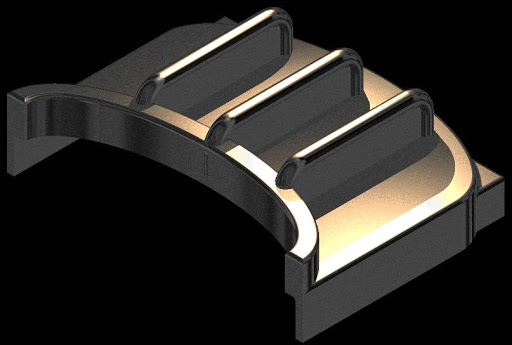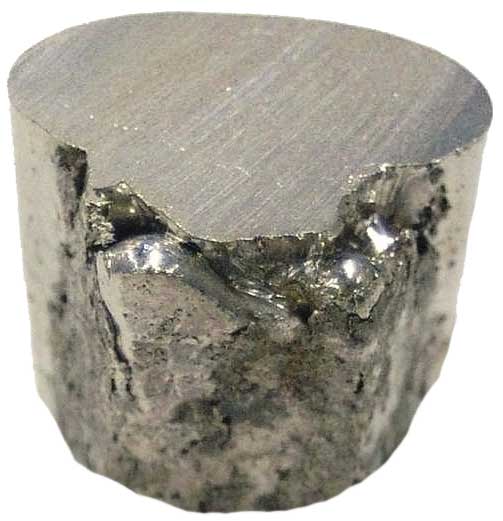What Is The Investment Casting Process?
What is the Investment Casting Process
 |
| What Is The Investment Casting Process? |
Stages of Investment Casting
Creation of a wax pattern
Wax patterns are created as per the shape and design of the product to be cast. Thermal contraction is taken into consideration when creating patterns. The patterns are created by injecting wax into a metal die. The patterns are fixed on a wax tree or sprue. The wax tree is a gate and runner delivery system. 3D printing technology can be used to make patterns rapidly.
Making the mold
The wax pattern is dipped in a ceramic solution. And then, a sand plaster is applied to the surface. Then it is allowed to dry. Multiple cycles of dipping in slurry and drying using sand stucco are performed to achieve the correct thickness of the shell. The thickness of the shell depends on the size and design of the component to be cast.
Removing the wax
Casting
Molten metal is poured inside the mold. The metal alloy is melted in a ceramic crucible by a process called induction or electric resistance melting. Vacuum melting is used for metal alloys having reactive elements. The molten metal solidifies and is allowed to cool. The mold is then broken using a hammer or high-pressure water blast. Gates and runners are also removed from the cast.
Finishing and Testing
Grinding, machining, and sandblasting are carried out to give a perfect finish to the cast. Tests such as magnetic particle, fluorescent penetrant, and radiography are done. The dimensions are also subjected to final inspection.
Investment casting manufacturers in India
There are many companies engaged in Investment Casting India. These companies produce a host of investment casts using alloy steel, carbon steel, stainless steel, Monel, super alloys, aluminum, and many more. Investment casting is used to make components for pumps, valves, machine tools, instruments, automobiles, and many more.


Comments
Post a Comment